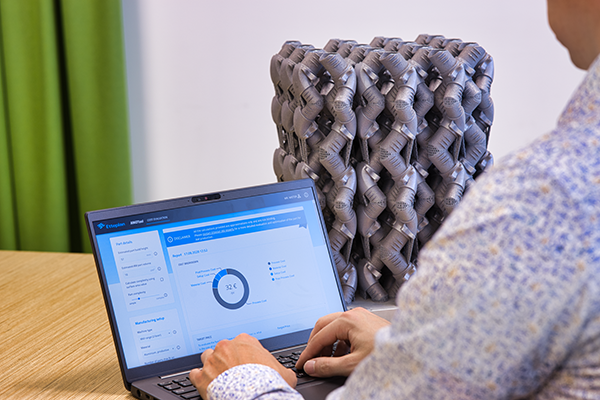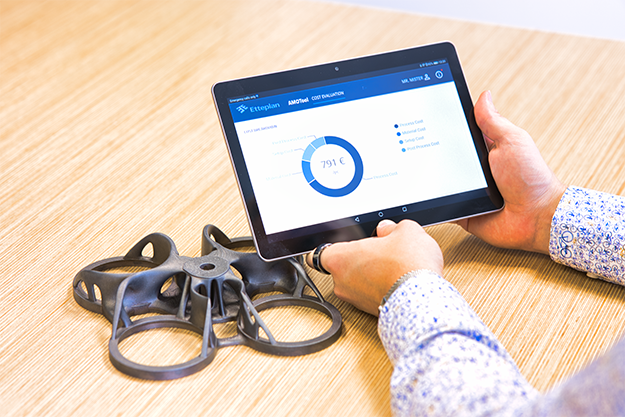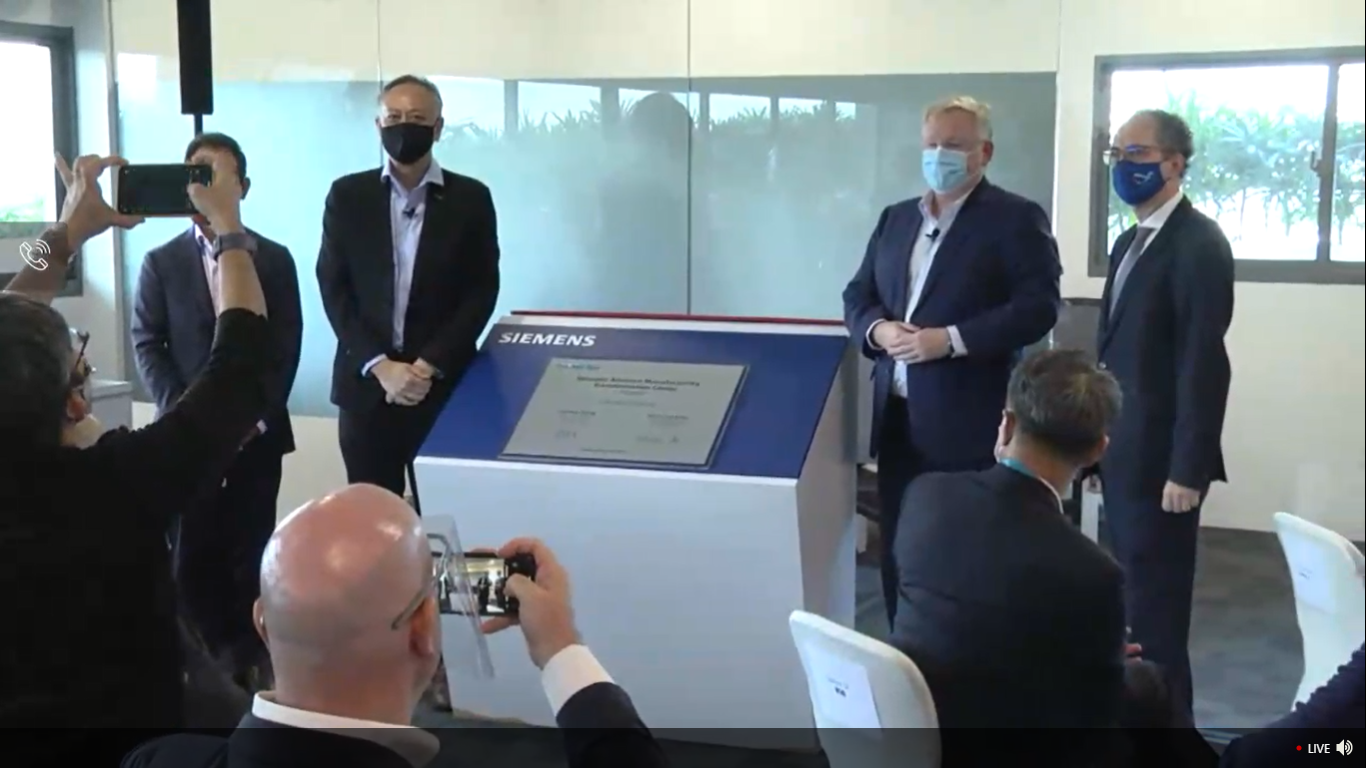Industrial, engineering, and technical solutions specialist Etteplan has developed a new, free online tool to calculate the production costs of 3D printing.
According to Etteplan, AMOTool enables companies to calculate the production costs of an object manufactured using a well-established metal 3D printing method quickly, without risk, and at no cost.
“With this tool, our objective is not only to remove a major obstacle but also to encourage our customers and the entire industry to make use of 3D printing technology and improve the competitiveness of products,” said Riku Riikonen, Etteplan’s senior vice president, Engineering Solutions. “The tool makes it possible to compare metal 3D printing with traditional manufacturing methods.”

Three years in the making
AMOTool has been in development at Etteplan for three years. During the pilot phase, industrial companies saw ‘excellent results’, with cost assessments already provided for thousands of components, the firm said, which have revealed suitable methods for lowering costs through 3D printing.
The final online tool, launched today, was brought to fruition through a collaboration between Etteplan’s software unit and Business Finland. The algorithm behind the tool has been used by Etteplan’s Additive Manufacturing and Optimization (AMO) team for a number of years.
“Additive manufacturing methods, such as 3D printing, open up excellent opportunities for companies to improve their cost-effectiveness and competitiveness,” said Toni Mattila, director of Business Finland’s Sustainable Manufacturing Finland Program. “Distributed manufacturing increases operational flexibility, which is particularly valuable during exceptional periods like the one we are experiencing now with the coronavirus.”

Overcoming the challenges of estimation
A significant obstacle to the widespread use of 3D printing is the difficulty in estimating the production costs and potential financial benefits of the technology in advance.
“Despite the numerous benefits, however, many companies are still skeptical about the costs involved in using AM,” Mattila continued. “That makes opening up costs related to AM methods using a calculation service such as Etteplan AMOTool very valuable. We hope that this free cloud service will lower the threshold for companies to try 3D printing to adopt future technologies.”
While the AMOTool works with a browser, it does not require the 3D model to be uploaded to the cloud, ideal for firms that do not want to upload their IPR-protected information to an outside party’s cloud. Alongside calculating a cost estimate, the tool shows how changing the design of an object or product could improve its cost-effectiveness, and whether this redesign would be profitable.
“Assessing the cost level of 3D printing is challenging because with previous methods, a reliable cost estimate is obtained only after the product has already been designed,” added Tero Hämeenaho, Etteplan’s AMO department manager. “AMOTool solves this nagging problem. Our tool makes it possible to estimate the price of a 3D printed product even before starting an engineering project and then determine whether it makes sense to use 3D printing.”

Projecting the benefits of transitioning to AM
Guiding companies and businesses in their transition to digital technologies such as 3D printing is an important step in widening the uptake of additive manufacturing globally.
Industrial manufacturing firm Siemens recently opened its Advance Manufacturing Transformation Center (AMTC) in Singapore to create a one-stop advanced manufacturing ecosystem facilitating the transition into 3D printing and Industry 4.0. The first-of-its-kind center is composed of three elements; a Digital Enterprise Experience Centre (DEX), Additive Manufacturing Experience Center (AMEC), and Rental Labs, which give customers a hands-on, supported glance at how their current operations could benefit from integrating additive manufacturing processes.
Prior to this, Optomec, developer of Laser Engineered Net Shaping (LENS) and Aerosol Jet Printing (AJP) metal 3D printers, launched a new Return On Investment (ROI) assessment tool, able to assess the profitability of automated laser cladding equipment for gas turbine Maintenance and Repair Operations (MRO).
Many in the industry believe the adoption of additive manufacturing to create production parts will continue to grow as we move towards the tail-end of the year, with cloud-based systems expected to play a significant role in this.
Nominations for the 2020 3D Printing Industry Awards are still open, let us know who is leading the industry now.
The fourth edition of the 3D Printing Industry Awards Trophy Design Competition is now underway. Enter your design for the chance to win a CraftBot Flow 3D printer.
To stay up to date with the latest 3D printing news, don’t forget to subscribe to the 3D Printing Industry newsletter or follow us on Twitter or liking our page on Facebook.
Are you looking for a job in the additive manufacturing industry? Visit 3D Printing Jobs for a selection of roles in the industry.
Featured image shows AMOTool for estimating 3D printing costs developed by Etteplan. Image via Etteplan.



